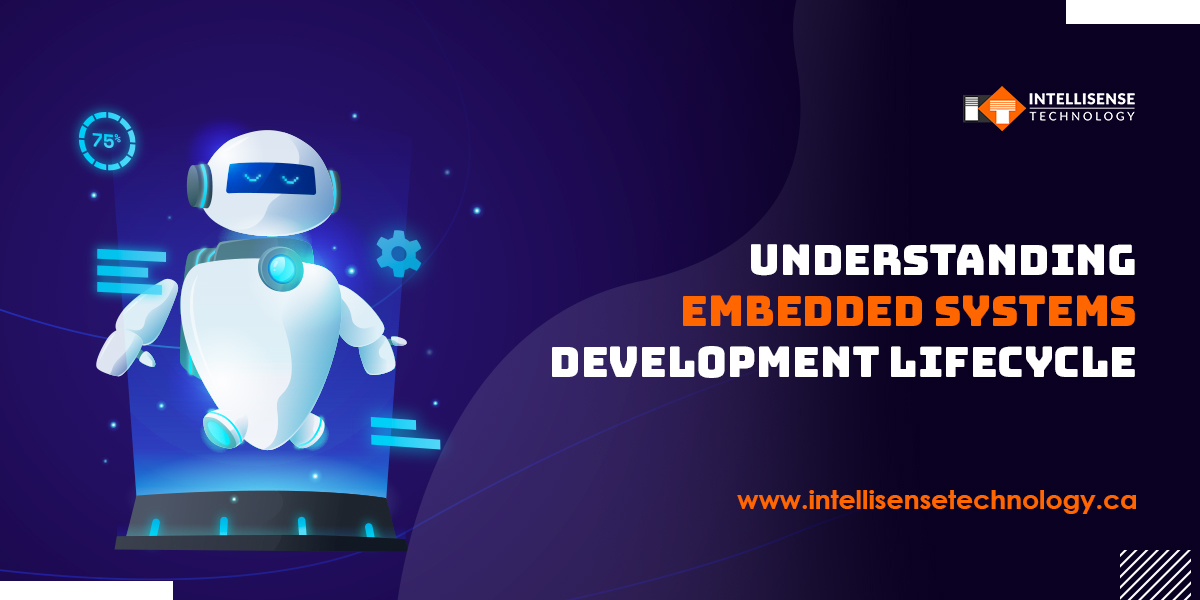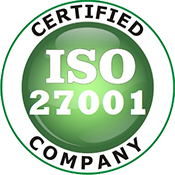Embedded

Understanding Embedded Systems Development Lifecycle

-
Written By:
Admin
-
Posted on
13 Nov 2019
Embedded systems have evolved significantly, doing dedicated functions at breakneck speed using the latest advances in technology. Hardware and software components are implemented at lower costs reducing real-time computing constraints. An embedded system is a computer system having unique software and hardware make-up since every project has its priorities.
Every embedded system development company serves a general-purpose, often completed after including hardware and mechanical parts in the system.
The initial design phase focuses on meeting the specialized requirements to perform dedicated tasks establishing input/output relationships with accuracy and stability.
Why Embedded Systems?
The general-purpose computer is designed for multiple tasks, while embedded systems are designed to do some specific task swiftly. Embedded systems development life cycle has met real-time performance constraints offering usability and safety according to the performance requirements of the systems. The embedded systems are used to do specific tasks, and design engineers continuously work to reduce the cost and size of the product while enhancing the reliability and performance.
In embedded systems, various types of processors are used, starting from general-purpose to a particular class of computations specialized for doing specific tasks at hand. There are various standard classes of dedicated processors used to perform specific tasks. With technological advancements, the requirements have inevitably changed with time.
In the initial development phase, specifically, purpose-built embedded systems are used to satisfy requirements and changed in time to fill the new needs of the system.
The key consideration in the design of the software of an embedded system is taken post-release. Engineers make every decision regarding components and design of the embedded system considering the environmental effects. The designing and manufacturing teams for a commercial product work to reduce costs significantly down the line.
To develop a new or unique embedded system, hardware, software, and programmable logic are programmed to refine the entire system. Custom-designed equipment and software are developed parallel to make more stable embedded system & remote device management solutions.
Impact of Embedded System
Development is always in process and rarely ever complete. Safety and security are critical factors considered keeping in mind the changing market. Various constraints are predicted to solve problematic errors in development. There is a high demand for flexibility in the embedded software to ensure the system supports future functions of the application without any issues. The system should meet current system requirements and be able to handle current resource constraints in the development phase.
In the embedded system, the program instructions are stored in Flash memory chips or read-only memory.The firmware or program instructions are made to run with limited computer hardware resources to ensure less or small memory is consumed, with almost non-existent keyboard or screen. The Embedded software development company with the other software also uses compilers, debuggers, and assemblers, to develop embedded system software.
Nowadays, the embedded systems are made to interact directly with hardware devices in real-time to respond considering the system’s environment. The embedded real-time software reacts to hardware generated events and issues control signals based on these events.
Today, embedded systems are found in almost everything starting from cooking, automotive, consumer, industrial, medical, commercial, and military applications. Embedded systems are also found in a range of portable devices like MP3 players, digital watches, in stationary installations, namely factory controllers, and traffic lights. In large complex systems like MRI and hybrid vehicles, there are customized embedded systems. Even in telecommunications systems starting from telephone to cell phones have numerous embedded systems. Almost every household appliance, such as washing machines, microwave ovens, and dishwashers, has embedded systems providing various features, flexibility, and efficiency. Embedded system & remote device management solutions are often used in transportation systems in automobiles and flights to offer different elements.
Availability and Reliability
There is a great dependency on embedded systems in many areas to provide a dependable operation to users. These systems are designed to not fail in normal use.
Here are some principle contributing to the popularity of embedded systems
Availability- Seeing them used in all the systems, more and more manufacturers are looking for embedded systems to serve the services requested by users.
Reliability- Every appliance has an embedded system to deliver services correctly. They deliver quality for the increased reliability of manufacturers on these systems and build embedded systems precisely according to the results of the specification for error-free output.
In the end
When any input causes an erroneous output in a frequently used part of the program, then there are likely high chances of failures. However, when the embedded systems are associated with rarely used code, there are fewer complains about failures. The embedded systems development life cycle provides various services to users according to the requirements of the desired product. Low level to High level embedded systems designs are used for the hardware and software, the development process in parallel.
Recent Posts
- Plot No. B1/823/1A, Aman Nagar, Tanda Road, Nr. KMV College, Jalandhar.
- +91-9815075800
- harjitsingh575
- info@intellisensetechnology.ca
Copyright © 2025 Intellisense Technology All Rights Reserved
Chat with Us















